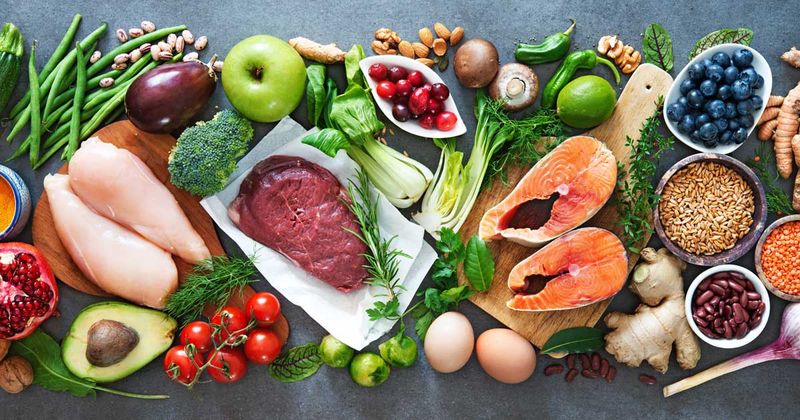November 27, 2024
2 min read
Key takeaways:
- ChatGPT-4 may be a useful tool for renal dietitians to create meal plans for patients on dialysis and adjust them accordingly.
- Native speakers rated ChatGPT-4 translations of the generated recipes as reliable.
ChatGPT-4 showed promise in providing personalized nutritional guidance for patients on dialysis, but substantial improvements are necessary, according to a study published in Journal of Renal Nutrition.
“Providing personalized nutritional counsel to individuals with kidney disease can be challenging because food choices are driven by a host of factors such as comorbidities, nutritional status, socioeconomic background, disposable budget, and individual and cultural food preferences,” Lin-Chun Wang, MS, supervisor of clinical research at the Renal Research Institute in New York, and colleagues wrote. “We explored the use of ChatGPT, a large language model (LLM), to support renal dietitians and dialysis patients in their discussion of food recommendations.”

Wang and colleagues used published data and Monte Carlo simulation to create 20 virtual patients resembling a U.S. dialysis population and presented data from a randomly selected patient, a Black man aged 63.6 years, to ChatGPT-4.
The researchers then provided ChatGPT-4 with patient demographics, food preferences, laboratory data, clinical characteristics and available daily budget for food to generate a 1-day sample menu with recipes and nutritional analyses.
Next, an experienced renal dietitian reviewed and rated the daily recipe recommendations, cooking instructions and nutritional analyses of the chatbot on a five-point Likert scale, with 1 being very dissatisfied and 5 being very satisfied.
ChatGPT-4 generated five recipes for the virtual patient; the renal dietitian rated the recipes a 3, the cooking instructions a 5 and the nutritional analyses a 2.
The researchers observed that ChatGPT-4 underestimated calories by 36% (95% CI, 44%-48%), protein by 28% (95% CI, 25%-167%), fat by 48% (95% CI, 29%-81%), phosphorus by 54% (95% CI, 15%-102%), potassium by 49% (95% CI, 40%-68%) and sodium by 53% (95% CI, 14%-139%).
Wang and colleagues next entered the recipes generated by ChatGPT-4 and two publicly available recipes sourced from the website of a large dialysis organization into a reference nutrition analysis software approved by the U.S. Department of Agriculture (USDA).
Compared with the USDA-approved nutrition analysis software, ChatGPT-4 nutritional analysis of recipes available online differed only by 0% to 35%, according to the researchers.
Additionally, they asked ChatGPT-4 to translate the personalized dietary recommendations and menus into several other languages, including Spanish, Mandarin, Hungarian, German and Dutch. Native speakers rated ChatGPT-4 translations a 4 on the Likert scale, indicating reliability.
“While ChatGPT and possibly other LLMs hold promise to provide personalized nutritional guidance to diverse populations of dialysis patients, there is substantial room for improvement, especially with respect to the nutritional analyses,” the researchers wrote. “Our findings underscore the importance of a critical approach and the need to assess qualitatively and quantitatively the output created by LLMs.”
